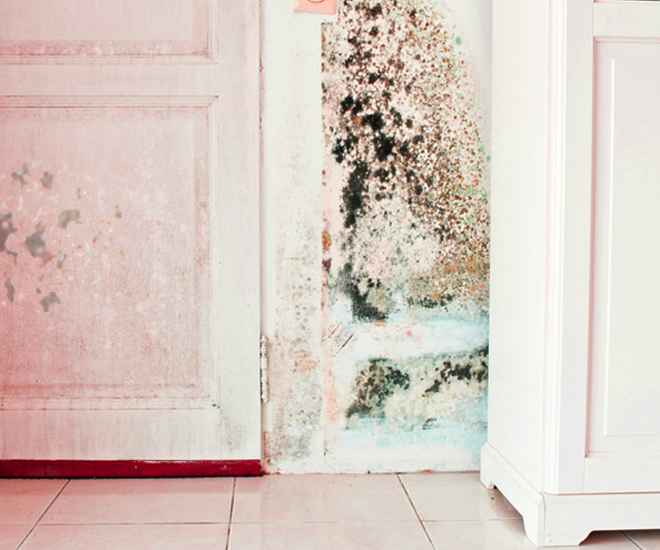Effective Article Mold Removal Solutions for Your Home
Mold and mildew growth in homes can be a consistent issue, frequently calling for a methodical approach for effective post-remediation solutions. From recognizing the factors that add to mold and mildew growth to applying correct cleansing methods and moisture control procedures, the procedure can be elaborate yet essential for preserving a healthy and balanced living environment. what to do after mold remediation.
Recognizing Mold Growth Variables
The main factor contributing to mold development is moisture. Mold spores require dampness to germinate and flourish, making damp or wet atmospheres highly prone to mold and mildew invasions.

Additionally, airflow and light exposure can influence mold growth. Locations that do not have correct ventilation and natural light are a lot more vulnerable to mold and mildew growth. By resolving these aspects comprehensively, individuals can successfully minimize mold growth and protect their living environments.
Correct Mold Cleaning Techniques
Using effective cleaning approaches is vital in avoiding the reappearance and addressing of mold and mildew contamination in indoor environments. When dealing with mold, it is crucial to focus on security by wearing protective equipment such as goggles, masks, and gloves. The initial step in appropriate mold cleansing is to have the affected location to avoid the spread of spores to unpolluted areas. This can be achieved by sealing the room and making use of air scrubbers or unfavorable air makers to maintain air quality.

Executing Moisture Control Actions
To properly stop mold growth and contamination in interior environments, executing moisture control measures is critical. Dampness is the key element that gas mold development, making it important to take care of moisture levels within the home. One efficient measure is to use dehumidifiers to keep indoor humidity degrees listed below 60%. Additionally, ensuring proper air flow in areas prone to moisture buildup, such as kitchens and restrooms, can assist reduce the danger of mold development. On a regular basis inspecting and repairing any leakages in plumbing, roofs, or home site web windows is additionally important in stopping excess wetness build-up. Using exhaust followers while cooking or bathing, and allowing air circulation by keeping furnishings a little away from walls can help in dampness control. Making use of moisture-resistant materials in high-humidity locations, such as mold-resistant drywall and paints, can be advantageous. By faithfully implementing these wetness control procedures, house owners can efficiently decrease the possibility of mold recontamination and preserve a healthy interior setting.
Using Natural Removal Solutions
After successfully applying dampness control procedures to stop mold and mildew development in interior atmospheres, homeowners can now explore the effectiveness of natural removal options in keeping a healthy and balanced space. All-natural removal remedies make use of environmentally pleasant methods to fight mold and mildew, making them a popular choice for those seeking non-toxic choices. One such service is making use of vinegar, a natural antimicrobial agent, to tidy and disinfect surfaces contaminated by mold. Simply dilute vinegar with water and spray it onto the influenced areas, enabling it to sit for a couple of hours before wiping clean. Additionally, tea tree oil, recognized for its antifungal homes, can be blended with water and splashed onto mold-infested surfaces to hinder more development. Another all-natural choice is hydrogen peroxide, which pop over to this web-site can effectively eliminate mold on different surface areas without leaving hazardous deposits behind. By including these natural remediation services into their cleaning regimens, homeowners can properly fight mold growth while promoting a healthier interior environment on their own and their families.

Keeping a Mold-Free Atmosphere
Frequently evaluating locations susceptible to mold development, such as bathrooms, basements, attics, and kitchen areas, is vital. Appropriate air flow in locations with high moisture levels is also key to preventing mold and mildew development.
In addition, keeping sanitation in the home is vital for mold prevention. On a regular basis cleansing and cleaning surface areas, carpets, and upholstery can help get rid of mold and mildew spores before they have a possibility to increase and resolve. Utilizing mold-resistant items for building materials and home furnishings can better aid in developing a mold-free environment. Last but not least, maintaining indoor plants in check and ensuring proper drainage in exterior landscaping can minimize dampness build-up, decreasing the possibility of mold and mildew infestations. By following these aggressive maintenance techniques, property owners can properly promote a mold-free space.
Verdict
To conclude, it is vital to resolve mold and mildew development factors, use appropriate cleaning strategies, execute dampness control actions, utilize natural remediation solutions, and maintain a mold-free environment in order to efficiently take care of article mold and mildew removal in your house - Post Remediation verification. By adhering to these techniques, you can prevent mold and click to read mildew from persisting and ensure a healthy and balanced living setting for you and your household
The key element contributing to mold and mildew development is dampness. Mold spores need moisture to germinate and prosper, making damp or moist environments very vulnerable to mold and mildew problems.To efficiently avoid mold and mildew development and contamination in interior atmospheres, executing wetness control actions is critical. In addition, making certain proper ventilation in locations susceptible to moisture accumulation, such as restrooms and kitchens, can aid lower the danger of mold growth.After efficiently applying moisture control measures to avoid mold growth in interior atmospheres, property owners can currently check out the effectiveness of natural removal options in maintaining a healthy living room.
Comments on “Crafting a Comprehensive Post Mold Remediation Report”